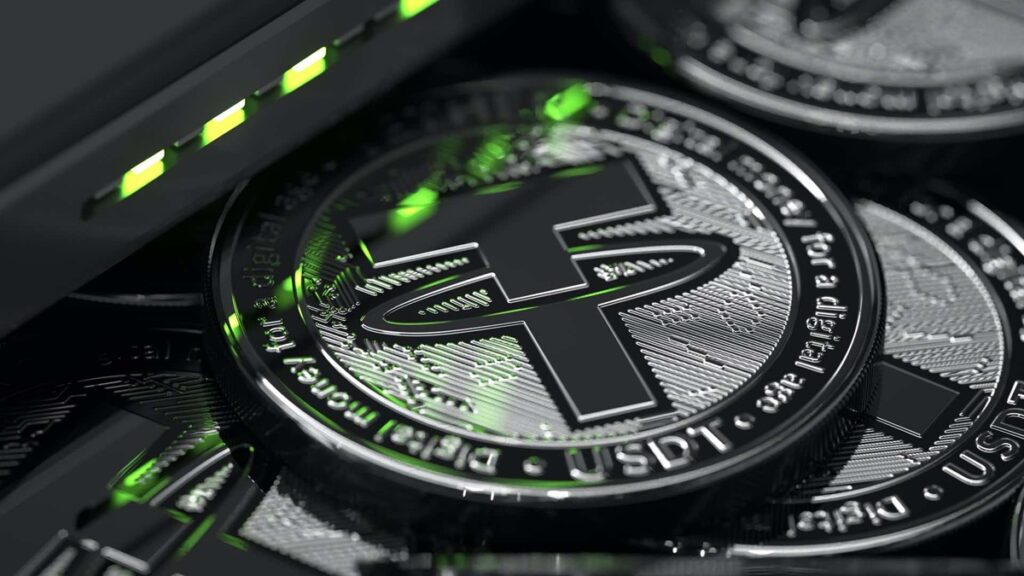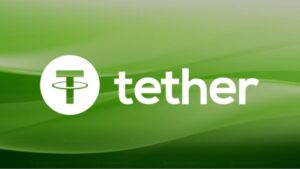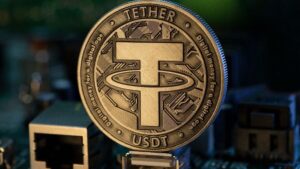TL;DR
- S&P assigns USDT the lowest rating on its scale and triggers a direct clash with Tether over the strength and transparency of its reserves.
- CEO Paolo Ardoino responds to the rating and accuses S&P of relying on failed models that, in his view, do not reflect the company’s financial structure.
- S&P warns that growing exposure to Bitcoin and other volatile assets could leave USDT undercollateralized and demands more data and oversight.
Tether enters a new phase of tension with the traditional financial system after S&P Global Ratings assigned USDT the lowest score on its stablecoin stability scale.
The agency placed the token at level 5 (weak) and justified the decision by pointing to persistent disclosure gaps, an increase in higher-risk assets within the reserves, and transparency standards it considers weaker than those of other issuers. CEO Paolo Ardoino reacted immediately, confronting the agency’s traditional assessment models head-on.
to S&P regarding your Tether rating:
We wear your loathing with pride.
The classical rating models built for legacy financial institutions, historically led private and institutional investors to invest their wealth into companies that despite being attributed investment grade…
— Paolo Ardoino 🤖 (@paoloardoino) November 26, 2025
S&P noted that Bitcoin now represents roughly 5.6% of USDT’s backing, a percentage that exceeds the 3.9% overcollateralization buffer. It also warned that a sharp decline in BTC, corporate bonds, precious metals, or secured loans could leave the token undercollateralized and increase the fragility of the reserve structure. The agency added that the issuer still fails to provide sufficient information about the financial strength of its custodians, counterparties, and banking partners, even though a significant portion of its assets remain in Treasury bills and dollar equivalents. According to the report, the rating could improve if Tether reduces its exposure to volatile assets and publishes more precise data about its balance sheet and partners.
Ardoino Pushes Back and Defends Tether’s Model and USDT
Ardoino responded on X and accused S&P of operating from a financial structure that, in his view, has been failing for years. He argued that traditional ratings models fueled investments in companies that collapsed soon after and that this track record raised questions about the agencies’ independence. He stated that the traditional financial sector cannot tolerate a company trying to distance itself from what he described as a broken system. He maintained that Tether built the industry’s first overcapitalized company, does not use toxic reserves, and remains highly profitable even without aligning itself with the conventional banking model.
The CEO also stressed that hostility toward Tether stems from a shift in the balance of power. He said the company shows that the traditional financial system has structural limits and that institutions that once set standards now view with suspicion the growth of an asset that exceeds $184 billion in market capitalization. S&P stands by its position and focuses its assessment on measurable risks: reserve composition, volatility, governance, and transparency











